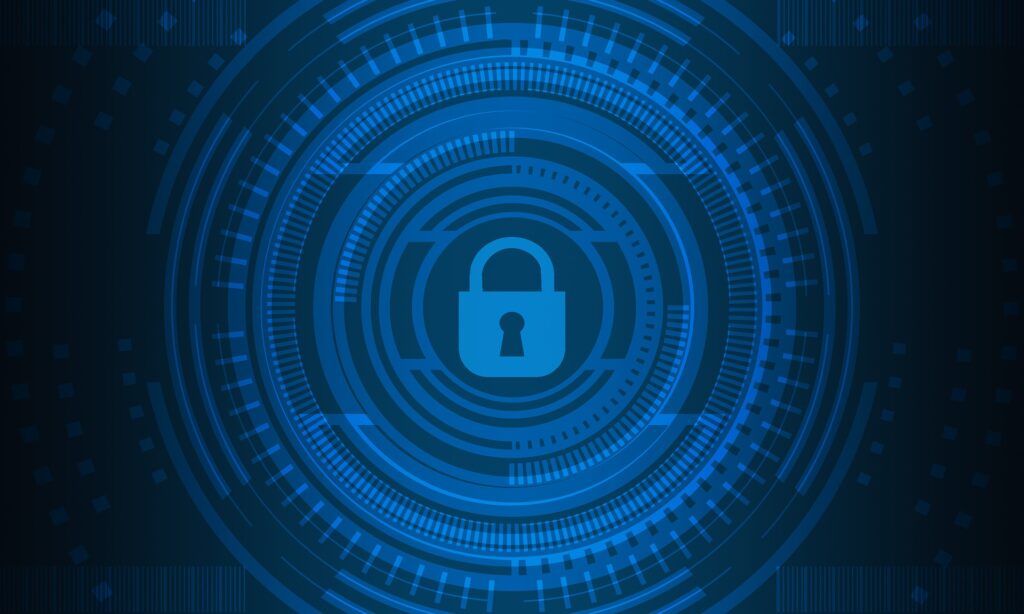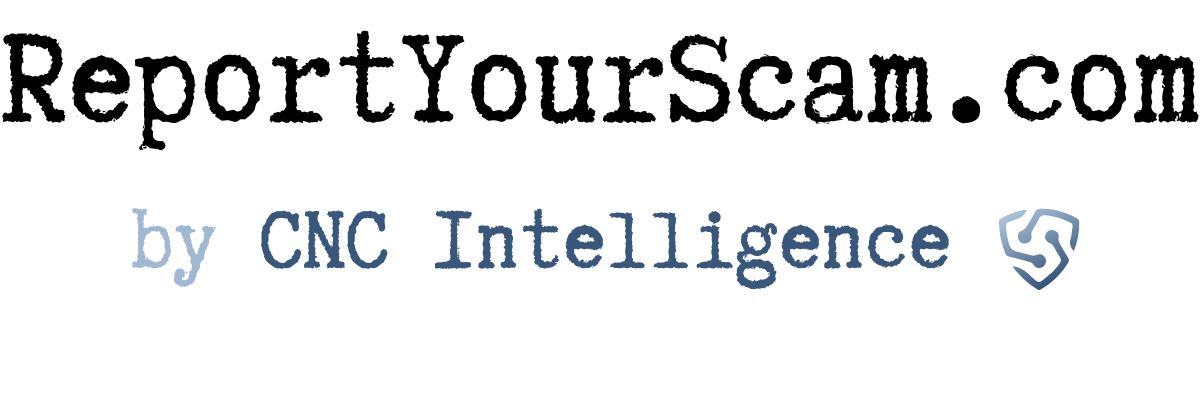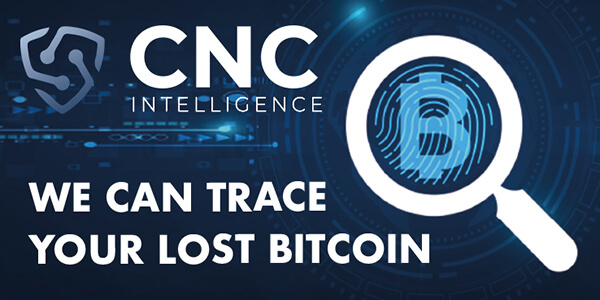In today’s world, our lives are increasingly reliant on technology and the internet. We use computers for everything from banking and shopping to staying in touch with friends and family. With so much of our personal and professional lives online, it’s important to make sure our computers are secure.
Computer security protects our information from being hacked or accessed by unauthorized individuals. It also helps to protect our computers from viruses and other malicious software that can damage or delete our data. In a business setting, computer security is essential to protecting confidential information and trade secrets. It can also help to prevent data breaches that can cost a company millions of dollars.
As the number of threats are more, this aspect is certainly something you need to focus on. While there is no one size fits all approach, there are few things you need to consider before making a decision. Go through the following information to learn more about the landscape and the ways you can use to address potential attacks.

What is Computer Security?
Computer security is the process of protecting computer systems and networks from unauthorized access or theft. It includes both hardware and software security measures. Hardware security measures include physical security devices such as locks, alarms, and security cameras. Software security measures include firewalls, anti-virus programs, and encryption.
Computer security is important because it helps to protect information and data from being accessed or stolen by unauthorized individuals. It also helps to prevent damage to computer systems and networks.
There are a variety of threats to computer security, including viruses, malware, hacking, and phishing. These threats can result in the loss or theft of data, as well as damage to computer systems.
Computer security measures are designed to protect against these threats. They can be implemented at the individual, organizational, and government levels.
Individuals can protect their computers by installing security software and keeping it up to date. They should also be cautious when downloading files and opening email attachments.
Organizations can protect their computer systems by implementing security policies and procedures. They should also provide employees with training on security awareness.
Governments can protect computer systems by enacting laws and regulations. They can also create agencies to oversee the security of critical infrastructure.
Types of Computer Security
Computer Security can be classified into four types and they are as follows.
- Cyber security is the practice of protecting your computer networks and systems from digital attacks. These attacks can come in many forms, including viruses, malware, phishing scams, and denial of service attacks.
- Information security is a broad term that refers to the various measures taken to protect electronic information from unauthorized access or theft. This can include measures like data encryption, firewalls, and user authentication.
- Application security is the process of protecting applications from security threats. It involves identifying, classifying and mitigating risks to the confidentiality, integrity and availability of data and systems.
- Network Security – There are a number of different approaches to network security, and the best approach for a given network will depend on a number of factors, including the type of data that is being stored on the network, the level of security that is required, and the budget that is available for security measures.
Fundamentals
There are many different components of a computer that need to be protected in order to maintain security. The most important component is the operating system, which controls all of the other components and provides the interface between the user and the computer.
Other important components include the BIOS, which controls the basic hardware functions of the computer; the boot loader, which starts up the computer and loads the operating system; and the kernel, which is the core of the operating system.
In addition to these components, there are also the user’s personal data and files, which need to be protected from unauthorized access. The best way to protect these is to encrypt them using a strong encryption algorithm.
Finally, the computer’s networking components need to be secured in order to prevent attackers from gaining access to the computer through the network. The most important networking component is the firewall, which blocks unauthorized traffic from entering the computer.
Computer Security Attacks
There are many types of computer security attacks, but in short, they can be divided into two main categories: those that target the confidentiality of information, and those that target the availability of information.
Attacks that target confidentiality include things like data breaches, where hackers gain access to sensitive information like credit card numbers or social security numbers. These types of attacks can be devastating to both individuals and businesses, as they can lead to identity theft, financial loss, and a loss of reputation.
Attacks that target availability include things like denial of service attacks, where hackers overwhelm a website or server with traffic, preventing legitimate users from being able to access it. These types of attacks can be equally devastating, as they can prevent businesses from being able to conduct their operations or individuals from being able to access important information.
Viruses
There is no doubt that computer viruses are a major security concern for everyone who uses a computer. A virus is a small piece of code that can replicate itself and spread from one computer to another. Viruses can cause a lot of damage to a computer, including deleting files, corrupting data, and even crashing the entire system.
There are many ways to protect your computer from viruses. The most important thing is to install an antivirus program and keep it up to date. Antivirus programs can detect and remove most viruses.
Phishing
Phishing is a type of online fraud that involves tricking people into disclosing personal or sensitive information. attackers typically masquerade as a trusted entity in an email or other communication, in order to lure victims into clicking on a malicious link or opening an attachment. It can be used to steal passwords, credit card numbers, or other sensitive information.
Botnet
A botnet is a network of computers infected with malware that allows a cybercriminal to control them remotely. Once a botnet is established, the cybercriminal can use it to launch attacks, send spam, or commit other types of fraud.
Botnets are a serious security threat because they can be used to launch large-scale attacks that can take down websites or cripple infrastructure. They can also be used to steal sensitive information or spread malware.
Most botnets are created by infecting computers with malware that allows remote control. Once a computer is infected, it becomes part of the botnet and can be used to launch attacks or commit other types of fraud.
Botnets can be difficult to detect and remove because they often use legitimate protocols to communicate with their control servers. This makes it difficult for traditional security solutions to block or remove them.
Rootkit
A rootkit is a type of malicious software that allows an attacker to gain control of a victim’s computer. Once the attacker has control of the victim’s machine, they can then do anything they want, including installing additional malware, stealing information, or launching attacks against other computers.
There are a few different ways that rootkits can be installed on a victim’s machine. One is by exploiting a software vulnerability. This can happen when a user visits a malicious website or opens a malicious email attachment. Another way is through social engineering, where an attacker tricks the user into installing the rootkit.
Once a rootkit is installed, it will typically start hiding its presence from security software and the user. It may do this by hooking into the operating system or by replacing system files with malicious versions. Rootkits can also create new accounts, disable security features, and add itself to the system’s startup process.
Keylogger
A keylogger is a piece of software that records your keystrokes and stores them for later use. This can be used to track your activity on a computer, or to steal sensitive information like passwords and credit card numbers. Keyloggers can be installed secretly on your computer, or they can be purchased commercially. Some keyloggers even come built into legitimate software programs.
If you do find a keylogger on your computer, you should take steps to remove it immediately. This can be difficult, as some keyloggers are very well hidden. You may need to use a professional malware removal tool to get rid of the keylogger. Once it’s gone, be sure to change any passwords that you think may have been compromised.
Spoofing
Spoofing is a type of computer security attack in which the attacker attempts to masquerade as someone else in order to gain access to sensitive information or systems. In many cases, the attacker will use spoofed email or website addresses in order to trick the victim into thinking they are dealing with a legitimate entity.
Once the victim has been tricked into providing the attacker with information or access, the attacker can then use that information to commit fraud or other crimes.
Social Engineering
Social engineering attacks can take many forms, but all are designed to trick people into divulging information or doing something that they shouldn’t. For example, an attacker might pose as a customer service representative and call a company’s IT help desk, asking for login credentials. Or, an attacker might send an email that looks like it’s from a trusted source, asking the recipient to click on a link or open an attachment.
These attacks are often successful because they exploit human weaknesses, such as the natural tendency to trust other people or the desire to be helpful. That’s why it’s important to be aware of social engineering attacks and how to defend against them.
Denial of service attack
A denial of service attack occurs when an attacker prevents legitimate users from accessing a resource, such as a website or a network. This can be done by flooding the target with requests, overwhelming it and preventing it from responding to legitimate requests.
Computer Security Safety Tips
In order to keep your computer safe, there are a number of practices you should follow. First and foremost, you should keep your computer up to date with the latest security patches. This will help to close any vulnerabilities that could be exploited by hackers.
You should also use a strong and unique password for your computer, and avoid using the same password for multiple accounts. Additionally, you should be careful about what you download and install on your computer, as malicious software can often be disguised as something harmless.
Finally, it is always a good idea to have a backup of your important data in case of any unforeseen problems. By following these simple steps, you can help to keep your computer safe and secure.
Computer Security Conclusion
Computer security is a vital part of keeping information safe. It is important to keep computer systems and networks secure in order to protect information from being accessed or stolen by unauthorized individuals. As the risks present are significant, do not take this aspect lightly for any reason.
Computer Security should be your top priority. What do you say? Let us know your thoughts via the section below.



